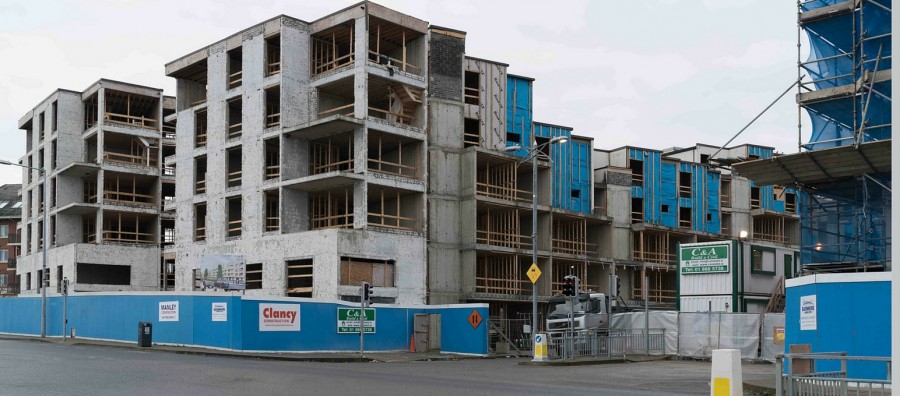1. Supply is extremely limited.
Throughout Canada, vacancy rates are low and average rents are rising. A lot of this is because the supply of apartments has been constrained. Between 1975 and 2000, very little construction of new apartments took place, because rent control in Ontario and excessive regulation elsewhere tilted the development balance away from apartments and over to private houses. Many developers simply walked away.
Since the mid 1990s, rent controls and regulations have eased, and rents have been allowed to rise to their market value, but developers have been slow to return to the purpose-built rental apartment industry. With supply constrained, and much of that supply now over 25 years old, new apartments are hard to come by, which means they command the top prices in the marketplace wherever they are found.
2. Demand is strong and growing stronger.
In addition to the constrained supply, economic and demographic changes are happening which has increased demand for new apartments. Baby boomers are getting older, their children have left their nest, and the big houses in the suburbs are now too big for them. Many are looking to downsize, and reduce their reliance on the automobile, and purpose-built apartments downtown provide that.
Young, urban professionals are increasingly turning away from the suburbs and looking to live in the vibrant and gentrifying neighbourhoods in the downtowns of Canadian cities as well. Apartment living better suits their lifestyle. Mortgage costs and condo fees also increase the price of owning an apartment, such that condominium owners often pay as much as a $200 per month premium over renting.
These changes are not flash-in-the-pan. They’re part of a major shift in the demographic structure of North America that is revitalizing many downtowns. It’s not going to go away, meaning that the increased demand for new apartments has staying power.
3. Interest rates and cap rates are at all time lows
For the past two decades, Canada has seen some of the lowest interest rates in its history. This has significantly reduced the cost of financing development. Along with interest rates, cap rates have significantly declined, from as high as ten at the end of the 90s to fours and fives today.
Financially, it has never been easier to invest in purpose-built rental apartments. Lenders know that the market is strong, and the long-term outlook is good.
4. Strong Niche Markets are Emerging
In addition to conventional purpose-built rental apartments, other markets are taking shape in the industry. Privately built off-campus student housing has been a mainstay in many American college towns since the turn of the millennium. Students have more disposable income than before, and are backed by parents and grandparents who want their children to have the best educational experience possible. Universities are welcoming private developers building student housing, as it allows these institutions to focus on building instructional and research space.
In Canada, nearly a million students are now enrolling every September in over 80 universities across the country. Almost half of them come from outside their university’s host community, and as many as ten percent come from outside of Canada. On campus residences only provide space for just 114,000 students, so where are the rest going to live? Communities such as Waterloo, Ontario have experienced a boom in luxury student housing, adding 9,000 beds to the market. Some of these developments have sold for tens of millions of dollars.
Other niche markets that have appeared or are growing include seniors’ housing, which will become an increasing factor as our baby boomers age. Another market will be apartment housing that caters to families, as the young, urban professionals who have embraced apartment living start having children.
5. Apartments Offer Long Term Income and a Shelter if the Condo Market Fades
In major Canadian centres like Vancouver or Toronto, the condominium market has dominated real estate news. Prices have risen significantly as developers have brought dozens of buildings on the market and sold them off quickly. There are concerns that these developers may be creating a condominium bubble, and housing starts have dipped in the month of January.
For developers looking to continue to make money in the event of a downturn in the condo market, purpose-built rental apartments offer a perfect shelter for the storm. Rather than selling off condominium space as quickly as possible, developers hold onto the building and rent out the units instead, earning a continuing revenue stream.
Everything that developers currently do to build high rise condominiums, they can do in building high rise rental apartment buildings; they only need to rent out their units instead of selling them, and manage them over the long term. While this may be a new experience for some developers, there are management companies that can offer their expertise in this area.

